Abstract
New forms of payment, growing competition, the continued evolution of multiunit hospital systems, and associated forces are redefining the fundamental relationship between hospitals and physicians. As part of a larger theory of organizational response to the environment, the effects of these external forces on hospital-medical staff organization were examined using both cross-sectional data and data collected at two points in time. Findings suggest that regulation and competition, at least up to 1982, have had relatively little direct effect on hospital medical staff organization. Rather, changes in medical staff organization are more strongly associated with hospital case mix and with structural characteristics involving membership in a multiunit system, size, ownership, and location. The pervasive effect of case mix and the consistent effect of multiunit system involvement support the need for policymakers to give these factors particular attention in considering how hospitals and their medical staffs might respond to future regulatory and/or competitive approaches.
Full text
PDF

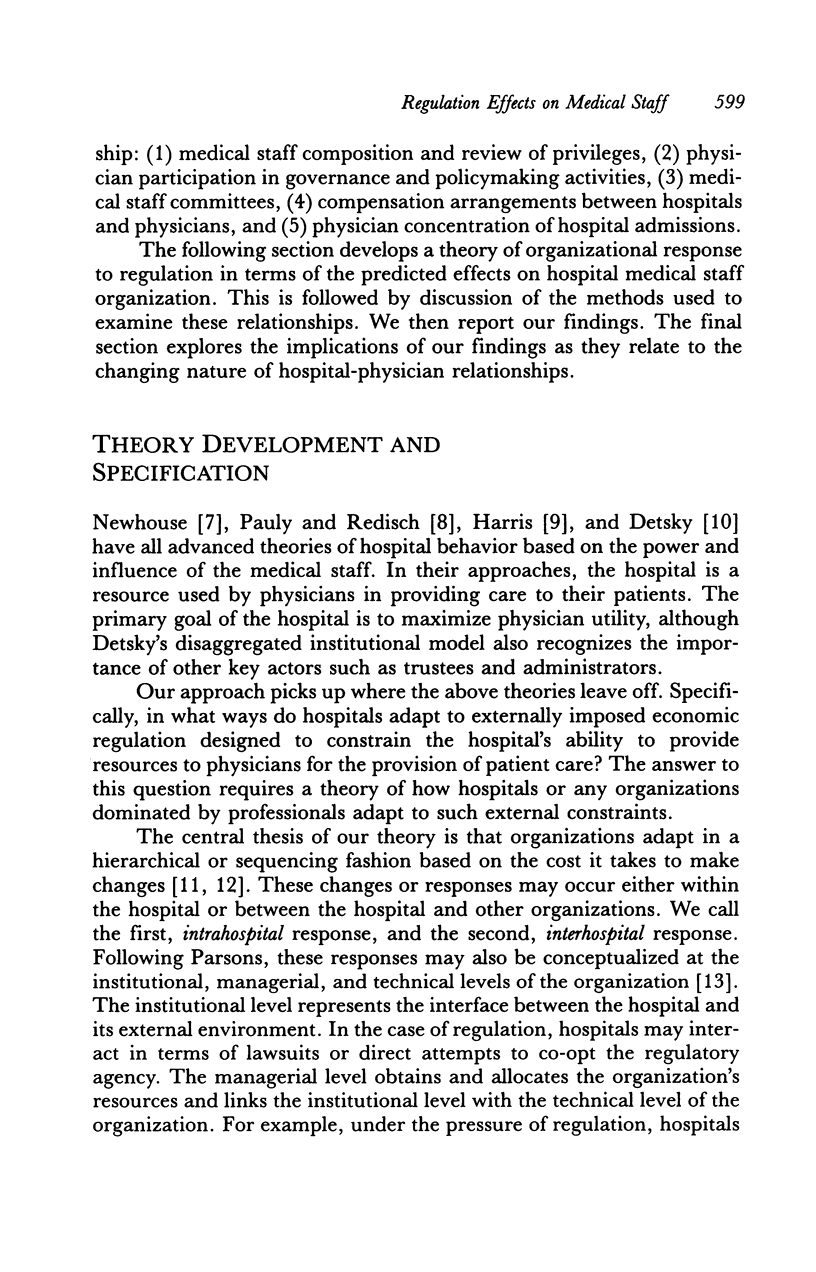
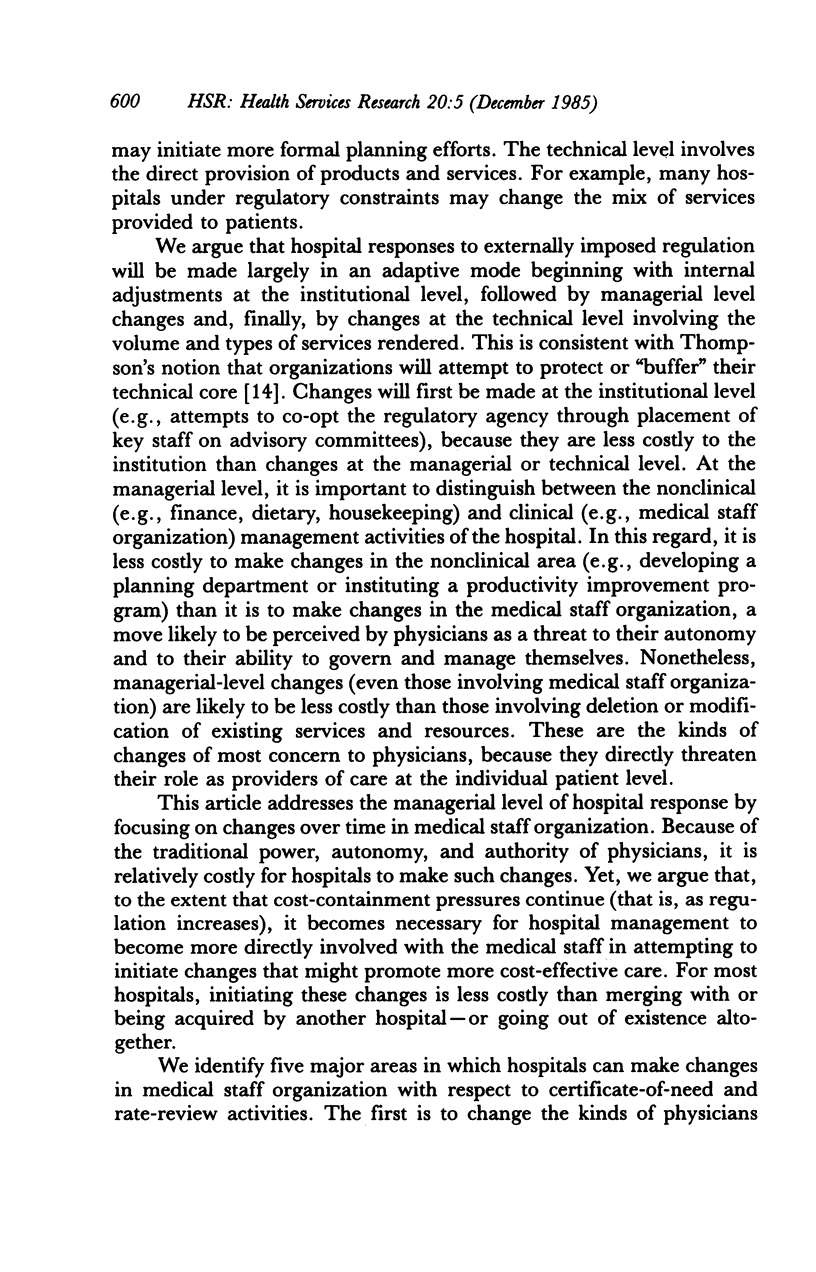








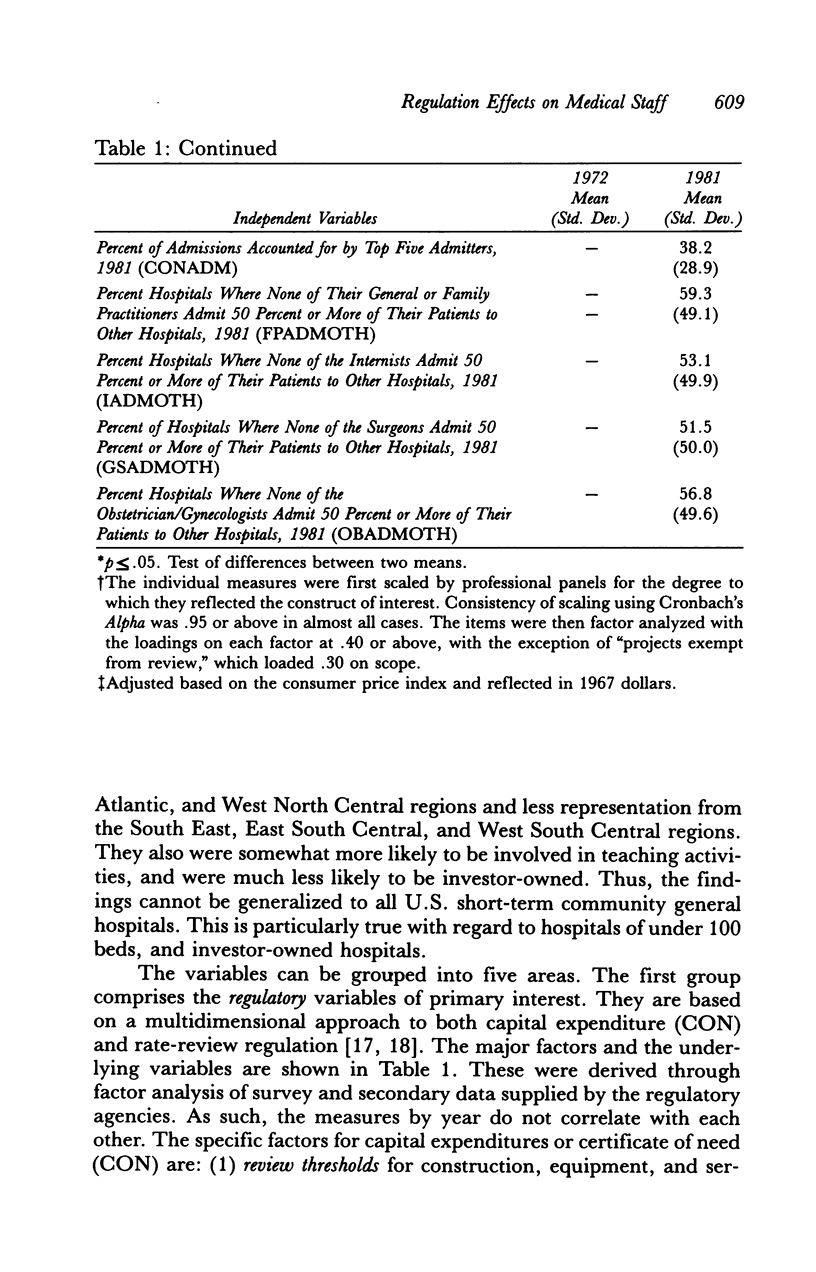
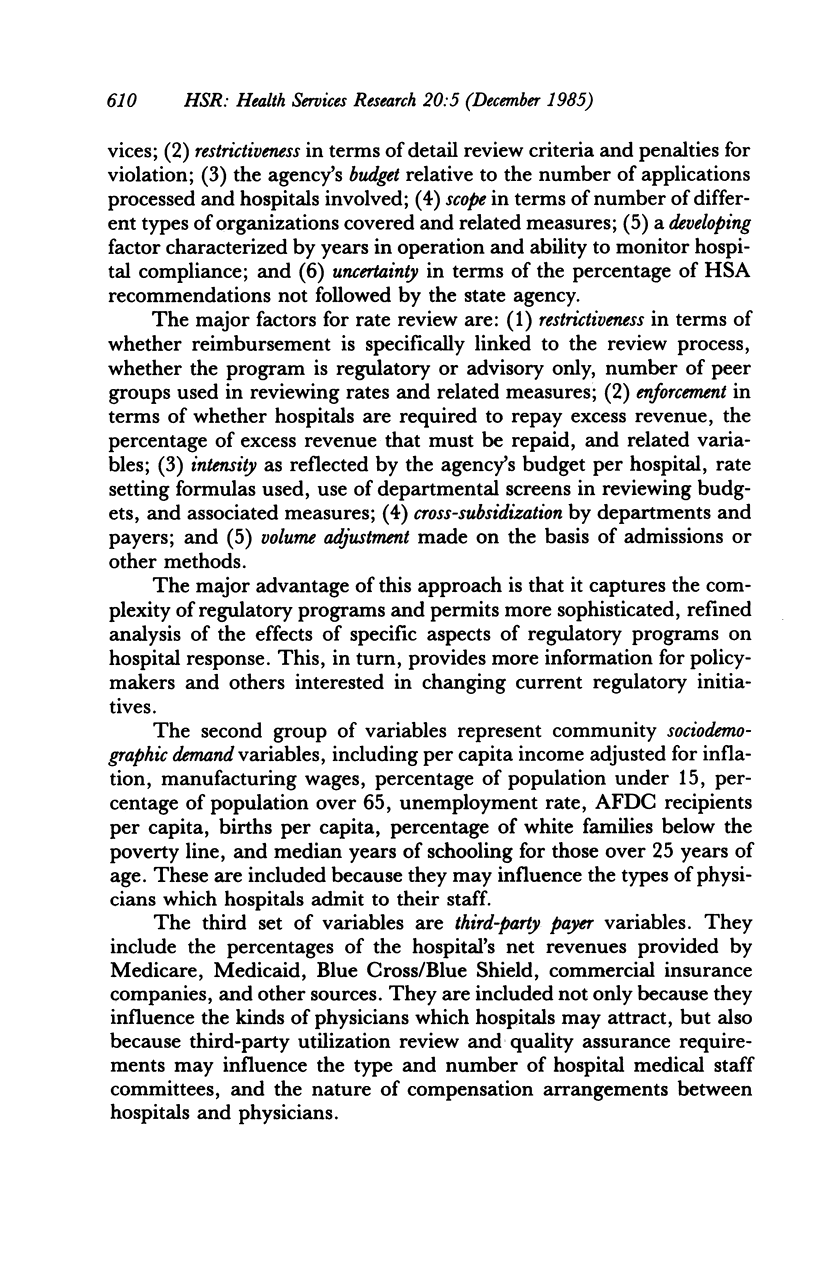

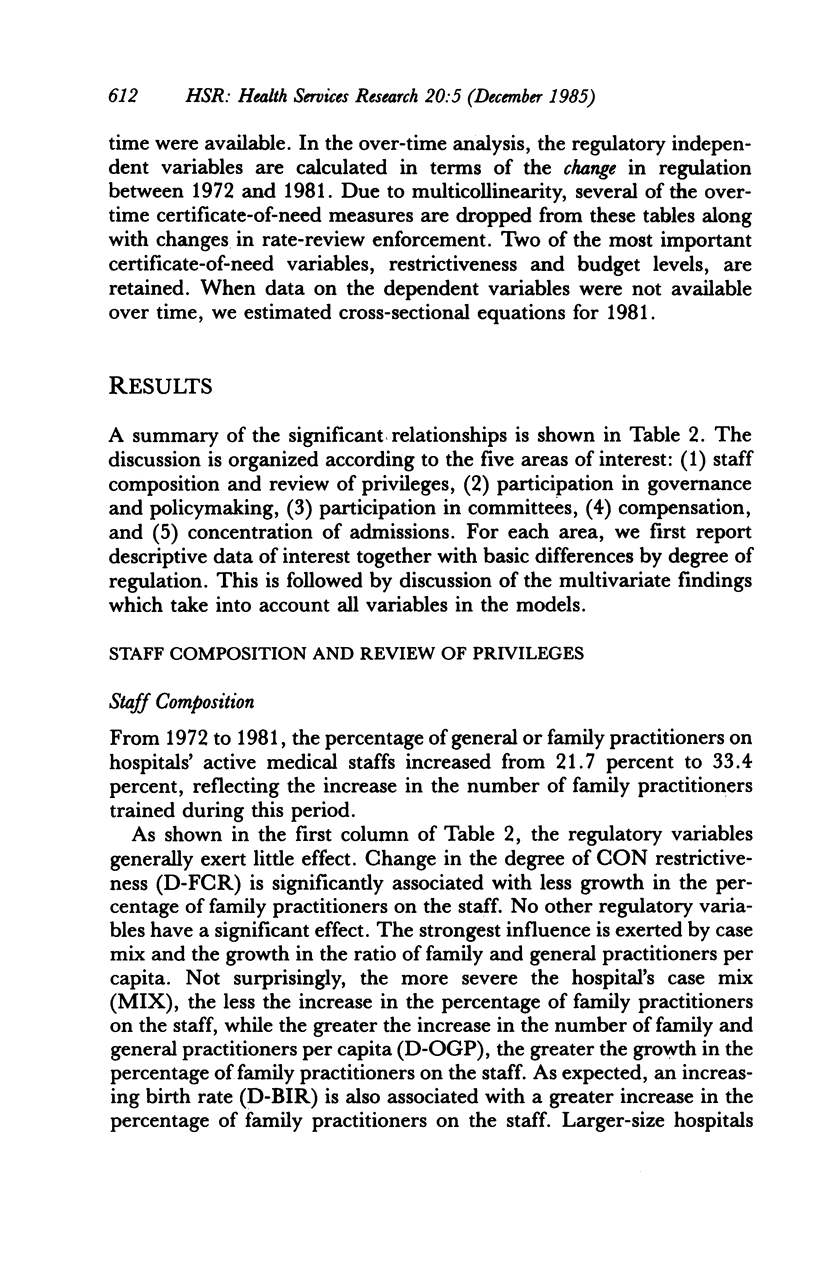


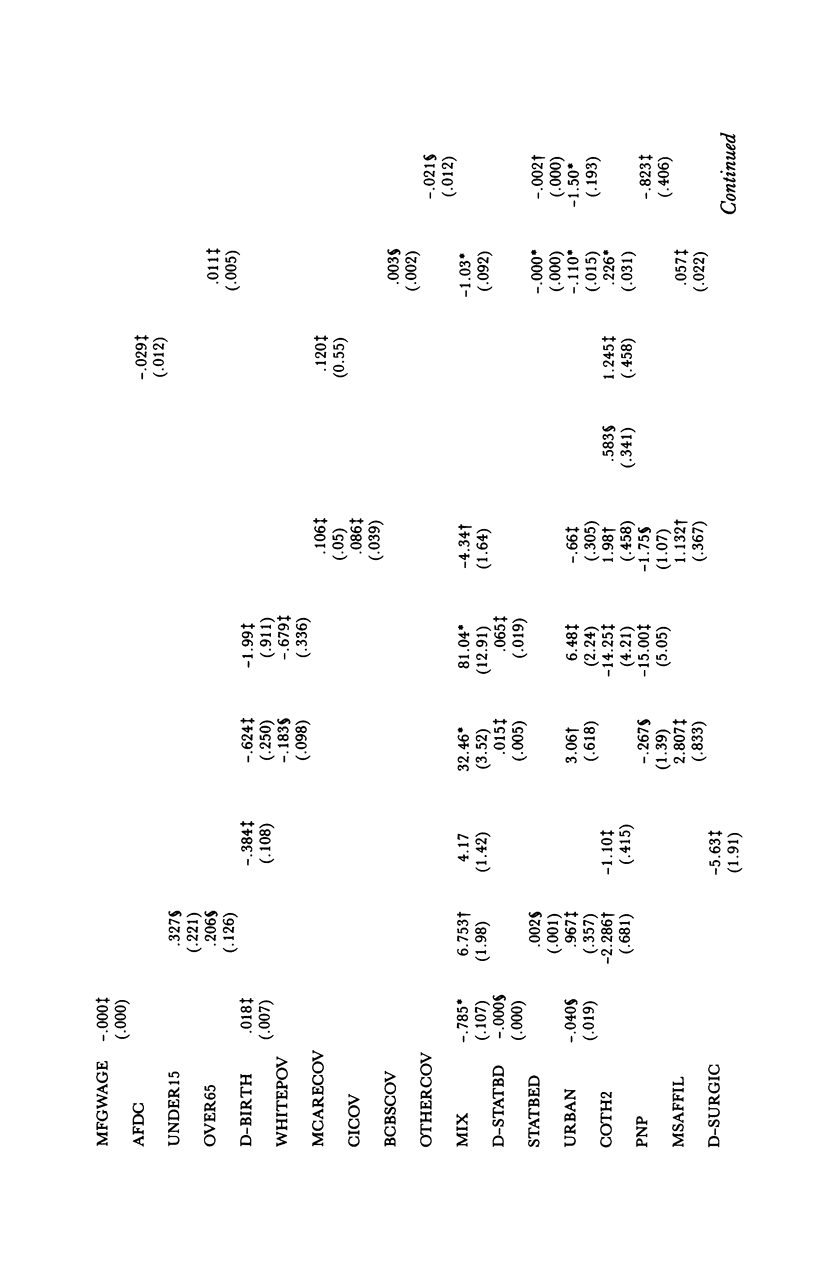



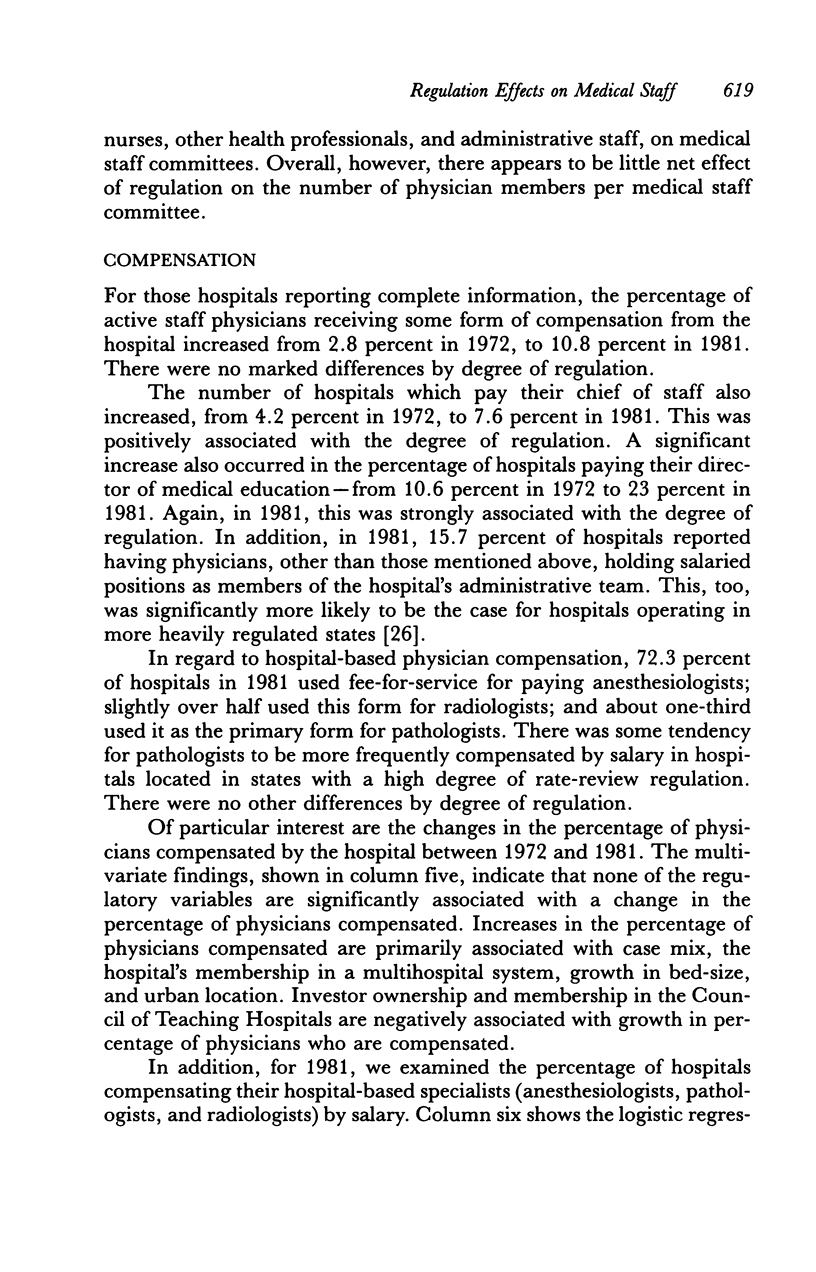









Selected References
These references are in PubMed. This may not be the complete list of references from this article.
- Allison R. F., Dalston J. W. Governance of university-owned teaching hospitals. Inquiry. 1982 Spring;19(1):3–17. [PubMed] [Google Scholar]
- Cook K., Shortell S. M., Conrad D. A., Morrisey M. A. A theory of organizational response to regulation: the case of hospitals. Acad Manage Rev. 1983 Apr;8(2):193–205. [PubMed] [Google Scholar]
- Ermann D., Gabel J. Multihospital systems: issues and empirical findings. Health Aff (Millwood) 1984 Spring;3(1):50–64. doi: 10.1377/hlthaff.3.1.50. [DOI] [PubMed] [Google Scholar]
- Flood A. B., Scott W. R. Professional power and professional effectiveness: the power of the surgical staff and the quality of surgical care in hospitals. J Health Soc Behav. 1978 Sep;19(3):240–254. [PubMed] [Google Scholar]
- Greenwald H. P., Peterson M. L., Garrison L. P., Hart L. G., Moscovice I. S., Hall T. L., Perrin E. B. Interspecialty variation in office-based care. Med Care. 1984 Jan;22(1):14–29. doi: 10.1097/00005650-198401000-00002. [DOI] [PubMed] [Google Scholar]
- Morrisey M. A., Conrad D. A., Shortell S. M., Cook K. S. Hospital rate review. A theory and an empirical review. J Health Econ. 1984 Apr;3(1):25–47. doi: 10.1016/0167-6296(84)90024-9. [DOI] [PubMed] [Google Scholar]
- Morrisey M. A., Shortell S. M., Noie N. E. A survey of hospital medical staffs--Part 2. Hospitals. 1983 Dec 16;57(24):91–94. [PubMed] [Google Scholar]
- Morrisey M. A. The composition of hospital medical staffs. Health Care Manage Rev. 1984 Summer;9(3):11–20. doi: 10.1097/00004010-198400930-00008. [DOI] [PubMed] [Google Scholar]
- Palmer R. H., Reilly M. C. Individual and institutional variables which may serve as indicators of quality of medical care. Med Care. 1979 Jul;17(7):693–717. doi: 10.1097/00005650-197907000-00001. [DOI] [PubMed] [Google Scholar]
- Shortell S. M., Evashwick C. The structural configuration of U.S. hospital medical staffs. Med Care. 1981 Apr;19(4):419–430. doi: 10.1097/00005650-198104000-00004. [DOI] [PubMed] [Google Scholar]
- Shortell S. M., LoGerfo J. P. Hospital medical staff organization and quality of care: results for myocardial infarction and appendectomy. Med Care. 1981 Oct;19(10):1041–1055. doi: 10.1097/00005650-198110000-00006. [DOI] [PubMed] [Google Scholar]
- Steinwald B. Compensation of hospital-based physicians. Health Serv Res. 1983 Spring;18(1):17–47. [PMC free article] [PubMed] [Google Scholar]


